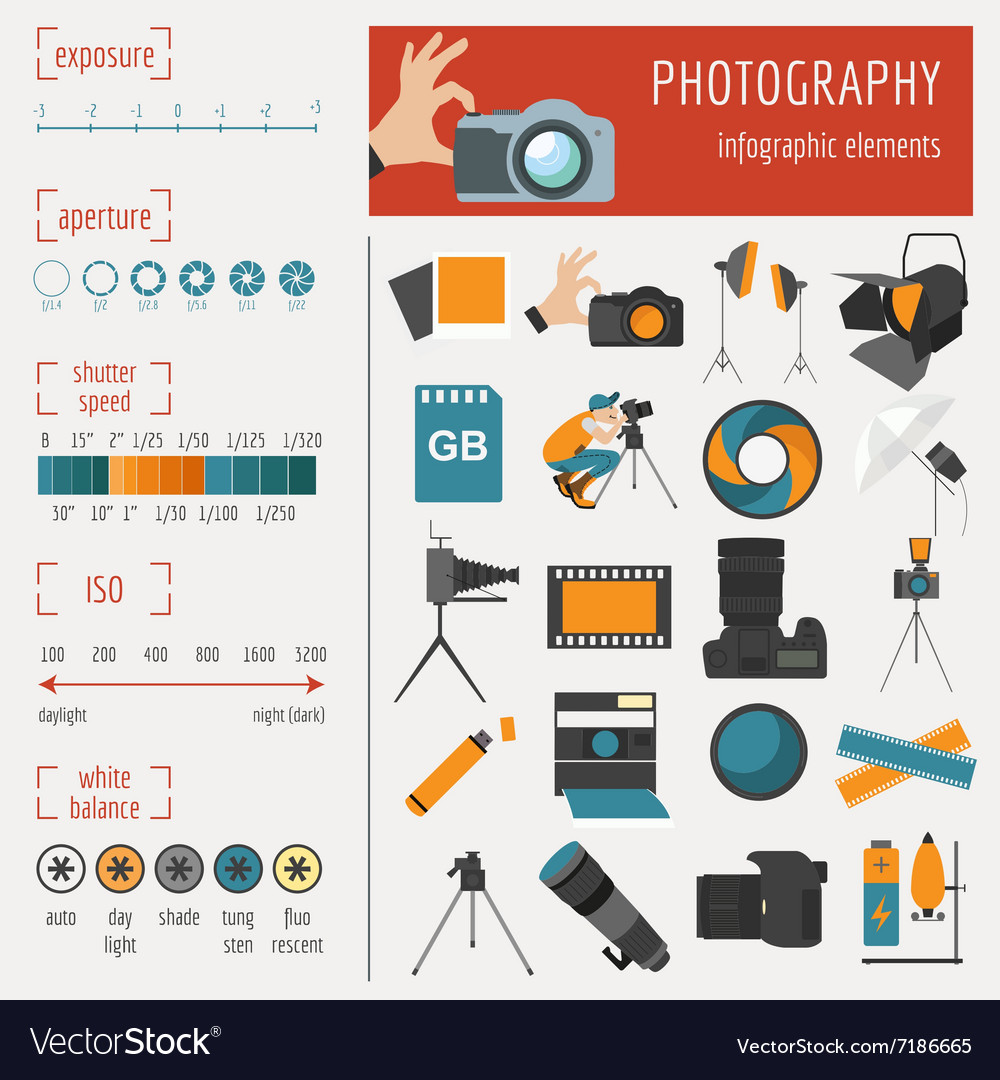Change Your Digital Photography By Understanding Lights Strategies That Can Boost Your Photos-- Discover The Common Pitfalls That Could Be Holding You Back
Change Your Digital Photography By Understanding Lights Strategies That Can Boost Your Photos-- Discover The Common Pitfalls That Could Be Holding You Back
Blog Article
Web Content By-Futtrup Heath
As a photographer, you know that lighting can make or damage your photos. Comprehending the subtleties of both all-natural and artificial light is vital for capturing the mood and quality you aim for in your work. Whether you're chasing the excellent gold hour radiance or adjust your synthetic configurations, mastering these components can raise your photography significantly. But there prevail pitfalls that several forget, and acknowledging them can transform your strategy to every shoot. Allow's explore what you might be missing and how it can influence your results.
Recognizing All-natural Light
Recognizing all-natural light is critical for any digital photographer looking to enhance their work. It's the structure of great digital photography, influencing mood, tone, and clarity. When you shoot outdoors, take note of the time of day. The golden hour-- soon after daybreak and before sunset-- offers soft, cozy light that can change normal scenes into spectacular photos.
Do not ignore the power of overcast days. https://primefeed.in/news/22278/aerial-photography-market-foreseen-to-draw-a-promising-growth-to-generate-massive-revenue-during-2020-2026/ diffuses sunlight, producing a soft, also light that's perfect for pictures and macro photography. You'll discover shades appear this type of illumination without extreme shadows.
Positioning matters, as well. Always consider your topic's positioning to the light source. If the sunlight's behind your subject, you may end up with a silhouette, which can be remarkable but mightn't be what you desire. Conversely, direct sunshine can create uncomplimentary shadows.
Experiment with angles; occasionally, changing your point of view can generate remarkable results. Usage natural reflectors, like water or sand, to jump light onto your topic, adding dimension.
Learning Artificial Light
Grasping fabricated light is essential for professional photographers that intend to take their skills to the next degree. Whether you're using speedlights, studio strobes, or continuous lights, understanding how to control these sources can considerably improve your photos.
Start by familiarizing yourself with the basics of light high quality, instructions, and color temperature level. Experiment with various modifiers like softboxes, umbrellas, or grids to regulate the softness or harshness of the light.
You'll locate that soft light frequently creates complementary results, while harsher light can add dramatization and deepness. Do not avoid shadows; they can boost the three-dimensionality of your topics.
Pay close attention to the placement of your lights. A light located as well near your topic can create unflattering results, while too far away can cause an absence of information. Make use of a light meter or your camera's histogram to ensure you're subjecting correctly.
Lastly, remember that fabricated light can be combined with ambient light for creative results. Stabilizing these sources may take practice, once you master it, your digital photography will truly radiate.
Strategies for Different Circumstances
When you enter various shooting scenarios, adapting your lights strategies is essential for recording the very best images. For exterior portraits, utilize the gold hour-- morning or late afternoon light-- to soften shadows and boost complexion.
If it's a harsh midday sun, think about using a reflector to bounce light back onto your subject or seek shaded locations for a more also direct exposure.
In low-light situations, like indoor occasions, increase your ISO and utilize a broad aperture to allow in more light. A tripod can assist get rid of electronic camera shake, permitting longer direct exposures without obscuring.
If you're shooting at evening, trying out off-camera flash to create dynamic lights and depth in your images.
For https://zenwriting.net/kasie9janae/essential-digital-photography-gear-what-you-really-need-to-begin , use diffused lights to avoid severe representations. Softboxes or light outdoors tents can help attain this effect.
When photographing landscapes, take into consideration the instructions of light and time of day, as it can considerably change the mood of your shot.
Always be ready to readjust your setups and positioning based upon the situation, as adaptability is vital to grasping lights in digital photography.
Conclusion
Finally, mastering lights is crucial to elevating your digital photography skills. Welcome natural light's beauty during golden hour, and don't shy away from trying out artificial light methods. By adjusting your technique to various scenarios, you'll record spectacular images that resonate with emotion and clearness. Remember, http://moisesmel.xtgem.com/__xt_blog/__xtblog_entry/__xtblog_entry/37564861-essential-photography-equipment-what-you-actually-required-to-get-going?__xtblog_block_id=1#xt_blog can change an ordinary shot into something amazing, so keep practicing and refining your understanding of both all-natural and fabricated light. Delighted capturing!
